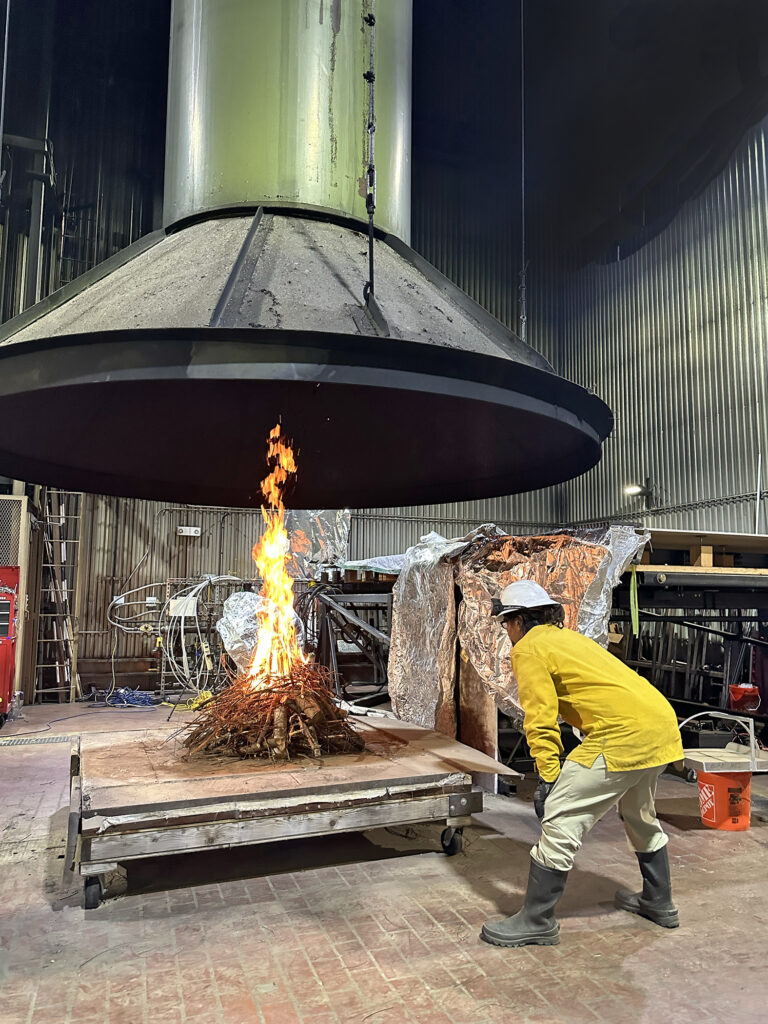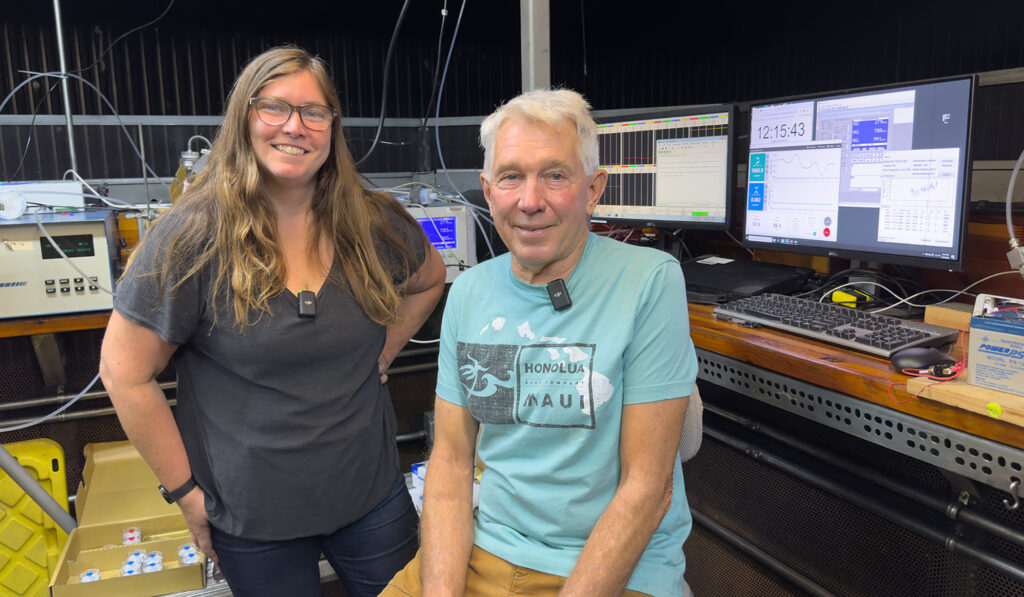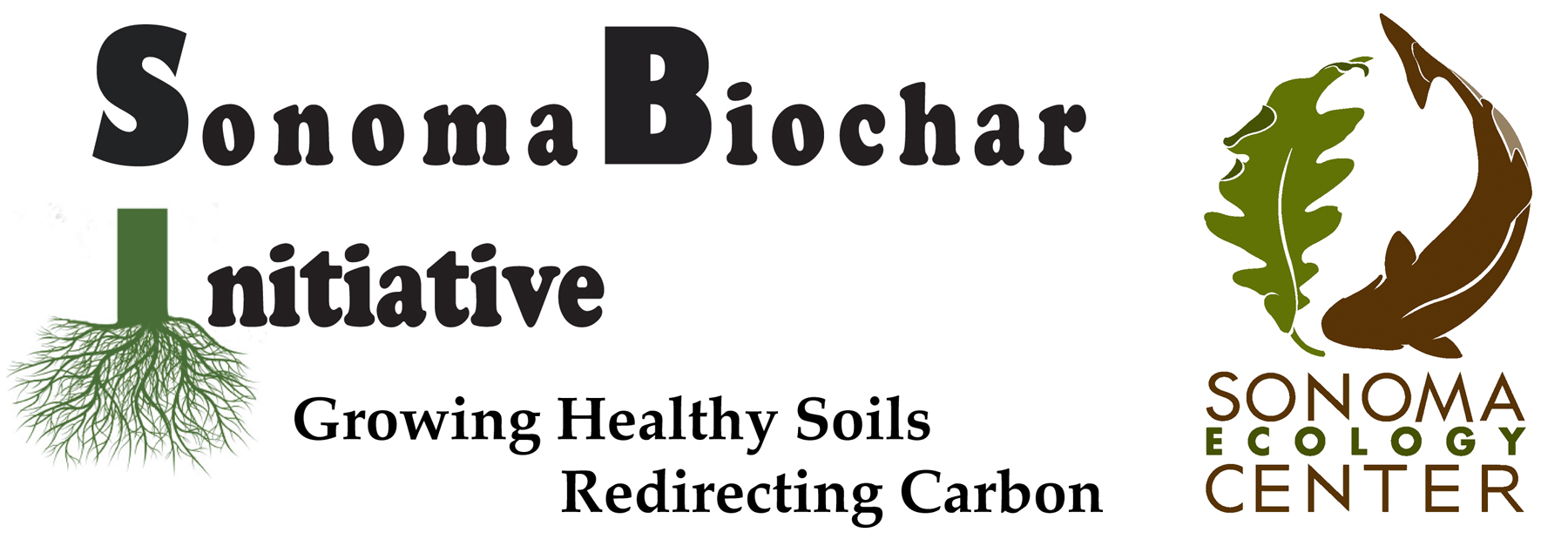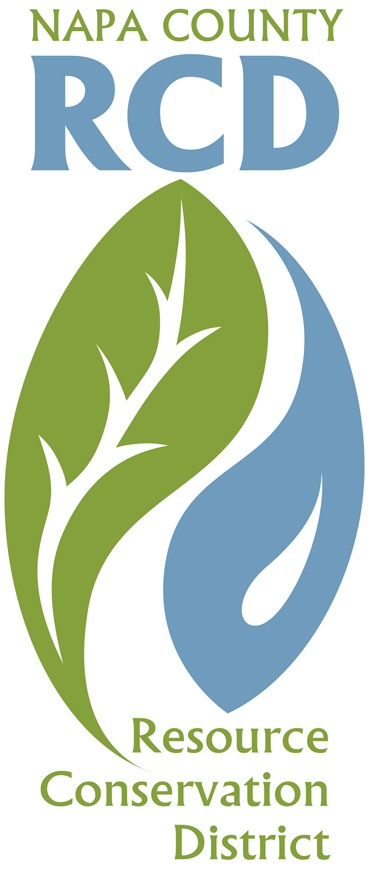The Sonoma Ecology Center (SEC) has been training foresters and agricultural producers how to process their surplus biomass into biochar for 10 years using the conservation burn and flame-cap kiln methods. When conducted correctly these techniques produce significantly less smoke pollution as well as convert carbon into a highly beneficial soil amendment. In 2023, in partnership with the San Luis Obispo Air Pollution Control District, the Usal Redwood Forest Company, and the US Forest Service Fire Science Lab, and with funding from CAL FIRE, SEC conducted two weeks of emissions testing in the Usal Forest on standard open burn piles compared to the conservation burn and flame-cap kiln methods.

Emissions testing in the Usal Forest.
Following up on this testing, staff from SEC recently concluded 10 days of emissions testing on these 3 burn methods at the U.S. Forest Service Fire Science Lab in Missoula, Montana.

Cuauhtemoc Villa inspects the flame front in a conservation burn in the USFS Fire Science Lab.
Climate and Biochar Projects Manager Raymond Baltar, Restoration Tech Robert Symens-Bucher, and burn specialist Cuauhtemoc Villa managed a total of 22 replicate burns while scientists from the lab monitored a range of emissions including C0, C02, Methane, PM 2.5, and other pollutants.
SEC will be releasing a report from the Forest Service scientists comparing the lab and field burn results early next year, and this will be followed up by a report from biochar and GHG emissions researcher Dr. James Amonette from Washington State University in late 2025.
Preliminary results indicate the flame-cape kiln technology used (the Ring of Fire Kiln produced by Wilson Biochar) produced the lowest emissions of the three methods tested, and we will release specifics once all of the data has been analyzed and the final reports released.
Our hope is that this testing will show definitively that these and similarly inexpensive and mobile processing systems can be used to reduce smoke and other pollution when compared to standard burn piles, and that high quality, field-produced biochar can be made on-site in forests and in agricultural settings and considered a best-practice by air districts throughout the state.

SEC’s Robert Symens-Bucher and Cuauhtemoc Villa extinguish a conservation burn pile to save carbon during emissions testing at the USFS Fire Science Lab.

And here are the two USFS scientists doing the emissions monitoring way up in the “crows nest” at the top of the stack, Steve Baker and Emily Lincoln.


Comments are closed